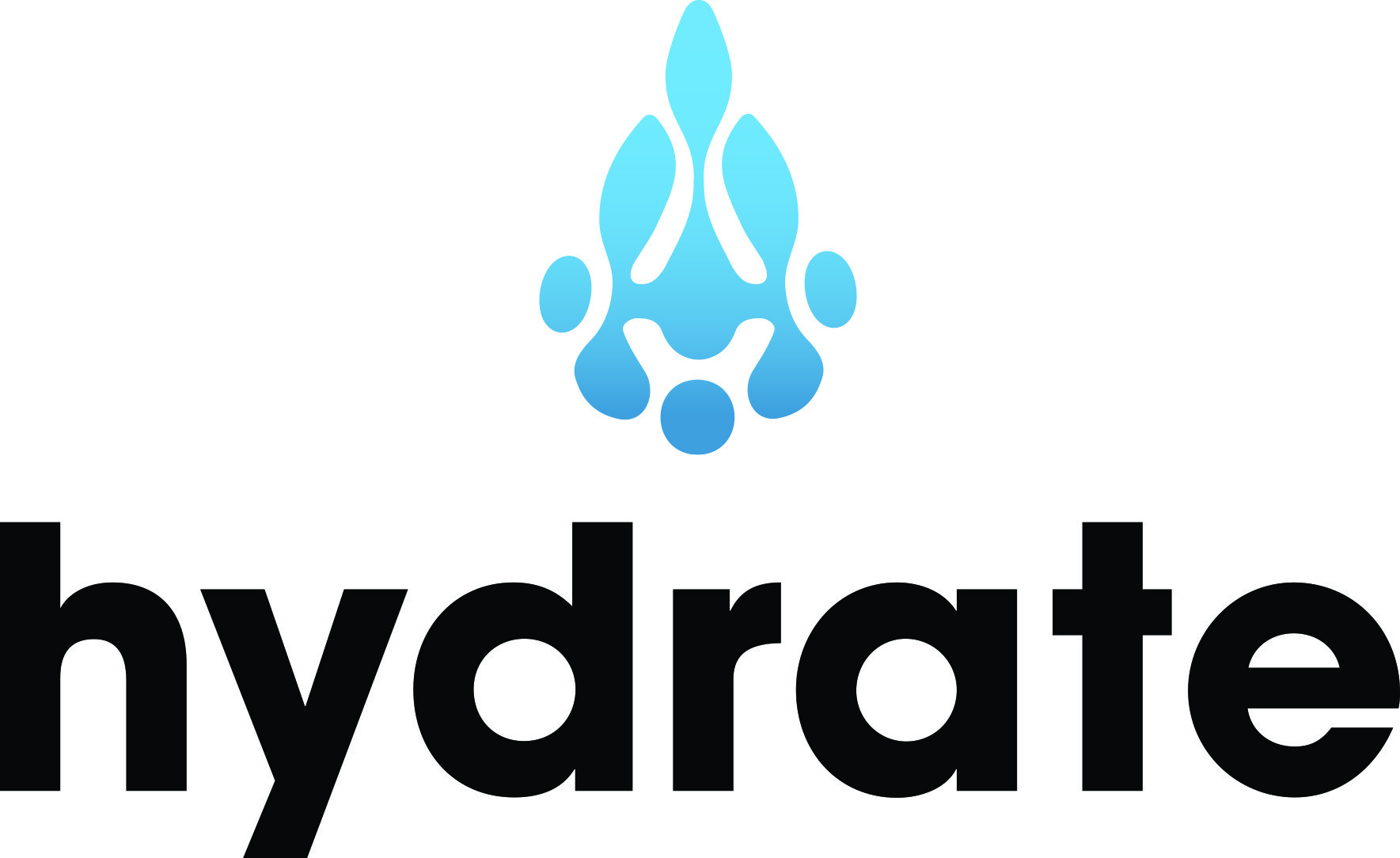As marketers, we often compare different mediums to one another in order to better understand the art of communication. A primary question on our minds: how does the act of reading words typed on a screen differ from reading those on a physical page? How might such a difference influence the way our brains absorb and process information? Although these questions are not new, they are more relevant than ever as technology provides us with more and more options for media consumption. This issue has prompted more than a hundred studies since as far back as the 1980s, in which researchers have attempted to measure how digital interfaces affect reading comprehension and speed. Across the board, they have found a gap –one that is significantly less pronounced now than it was thirty years ago, but still extant. Current reports reaffirm older ones, asserting that reading on screens is generally a slower, less attentive, and less comprehensive process than reading on paper.
In one such study from 2013 at the University of Stavanger in Norway, 10th graders volunteered to read a text and study it for an open-book exam. One half of these students received a physical copy of this material, while the other half read along on an e-reader. The e-reader group cited difficulty locating the relevant passages of the book, performing poorer overall by a significant margin. A similar experiment conducted in 2014 at West Chester University reported that middle-schoolers who were given e-readers found ways to play games rather than studying. Shockingly hampering their comprehension.
According to a 2011 survey at the National Taiwan University, many students are in the habit of skimming assigned readings online for a few paragraphs before printing them out to read more thoroughly. In the US, electronic textbooks have never caught on as many predicted, with college students consistently expressing a preference for paper textbooks, which they deem more effective. Neurologists and publishers alike are curious to know why.
What we’ve found thus far is that we conceive of reading as an explicitly mental experience, our minds construe text as another concrete element of the physical word we inhabit. Therefore, we interpret each character as a tangible object, recognizing them singularly by shape and collectively as patterns. Printed texts acts like a corporal landscape, so that in rereading, we are often able to remember the approximate location of key phrases. Since a book’s shape is roughly rectangular, with two distinct sides and eight corners, it is easy to form a mental map of its contents. The weight of each page helps our memory, too. E-readers, however, offer an infinite stream of words, without the easy page-turning mechanism to flick through without getting lost. Though some screens let readers highlight and take notes, there is less of a sense of control.
Despite these major differences, digital reading is here to stay, often offering unique and compelling web content to drive consumer interest and the inbound marketing process. For most of our clients, paper and screen reading co-exist happily, each with its own appropriate use as dictated by technology, personal preference, and the prevalence of multi-channel marketing campaigns.








